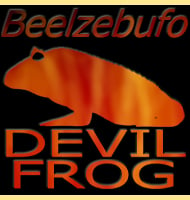Morenosaurus
In Depth Because the holotype specimen of Morenosaurus is incomplete, it is hard to establish a precise classification of his plesiosaur, especially since the skull is unknown. It is probable however that Morenosaurus is an elasmosaurid (similar to Elasmosaurus) since these were the dominant kinds of plesiosaurs during the late Cretaceous. Additionally if this is … Read more
